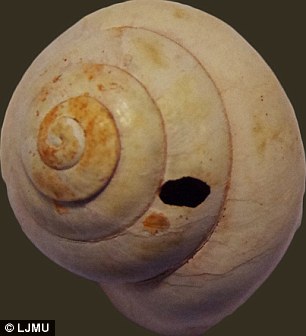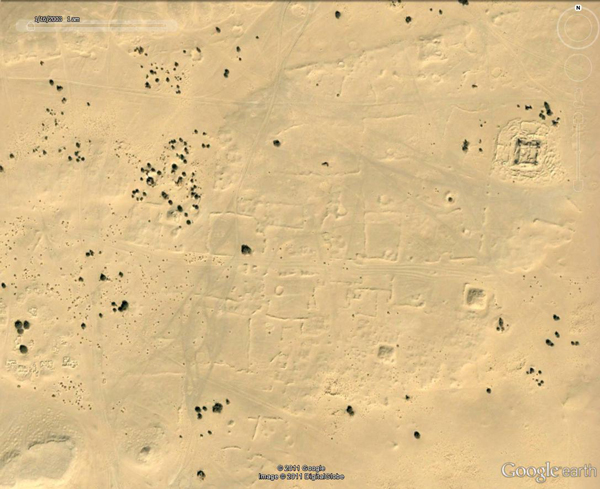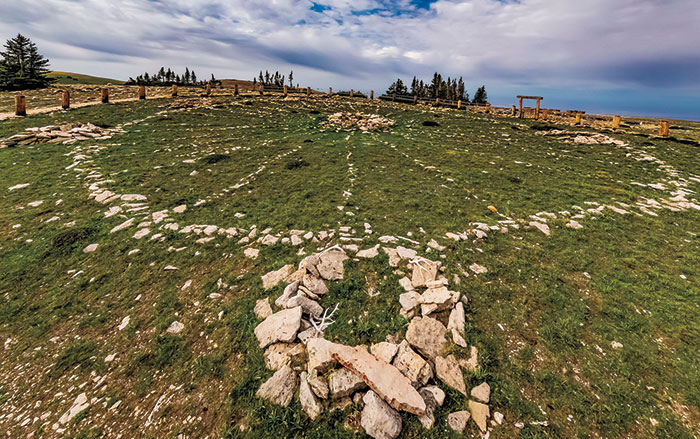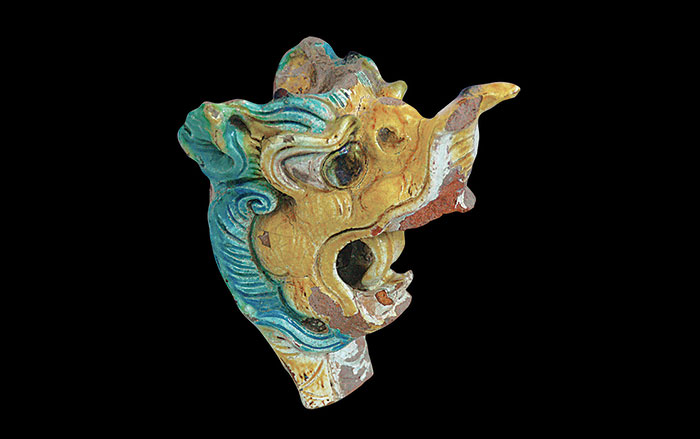
LIVERPOOL, ENGLAND—Holes in thousands of shells from Haua Fteah Cave in North Africa suggest that early humans used stone drills or thorns to extract snail meat beginning at least 150,000 years ago. “As part of the analysis of archaeological material from the excavation of the Haua Fteah Cave in Libya, tens of thousands of mollusk shells were studied for both palaeoclimate reconstruction and high resolution radiocarbon dating,” Evan Hill, who worked on the project while studying at Queen’s University Belfast, told The Daily Mail. Piercing the shell broke the suction and made it possible to suck the snail from its shell. “Snails seem to have been a very democratic thing for early people to eat, because anyone could gather them,” added Chris Hunt of Liverpool John Moores University. To read about Paleolithic decoration discovered in Africa, go to "In Style in the Stone Age."











